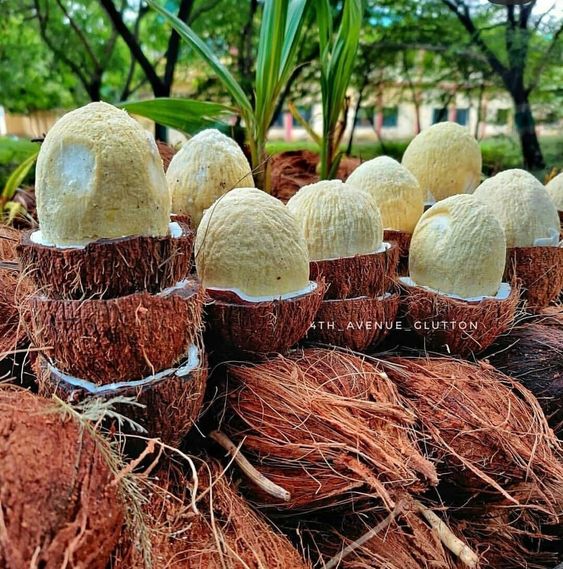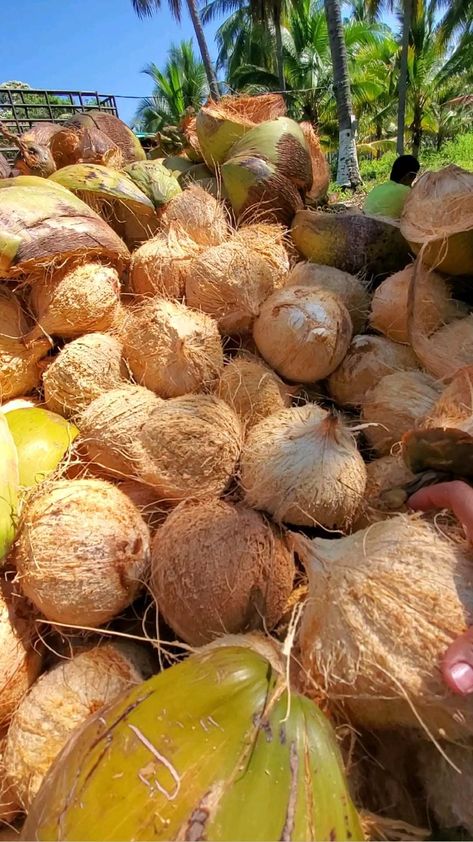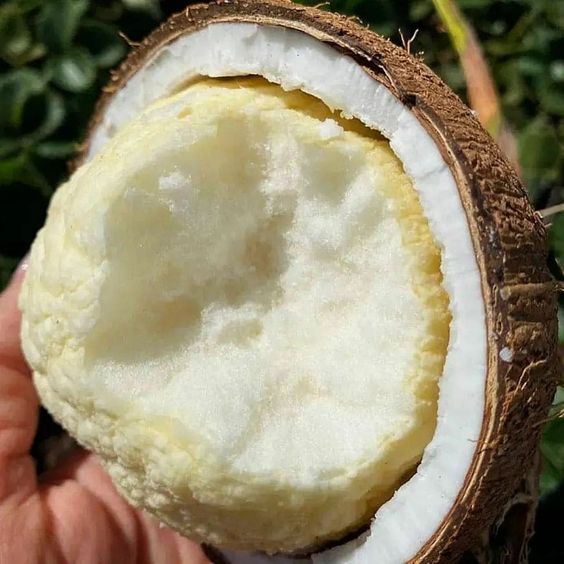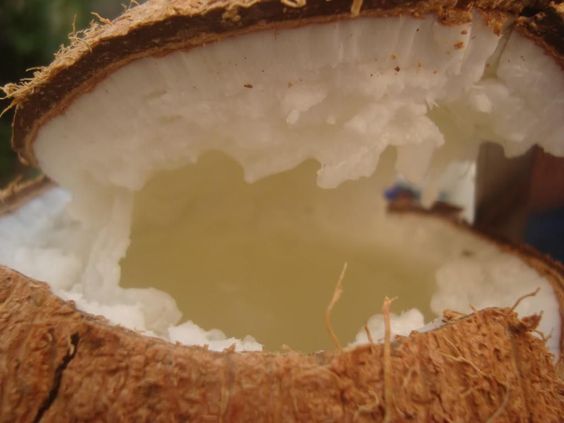In the tropical havens of the world, a captivating and versatile fruit reigns supreme – the coconut. Known for its diverse uses, distinctive appearance, and rich nutritional value, coconuts have earned a special place in the hearts and cultures of countless regions. From the lush palm trees that bear them to the myriad ways they enrich our lives, coconuts are truly a wonder of nature.

Distinctive Drupes: The Coconut’s Botanical Identity
Contrary to common belief, coconuts are not classified as nuts; they are drupes. A drupe is a type of fruit that contains a hard, woody shell encasing a seed. Coconuts fit this description perfectly, with their fibrous husks encompassing the familiar hard-shelled seeds we know as the “coconut.”

Cultural Significance: The Tree of Life
Coconuts hold profound cultural significance in many tropical societies. Often referred to as the “Tree of Life,” every part of the coconut palm is utilized, making it a vital resource for food, shelter, clothing, and even medicinal applications. In various cultures, the coconut symbolizes fertility, abundance, and the enduring cycle of life.

Versatile Nutrient Powerhouses: Culinary and Nutritional Delights
The inner flesh of the coconut, known as “copra,” is a culinary treasure trove. It can be consumed fresh, grated, dried, or pressed to extract coconut oil, a staple ingredient in many dishes and recipes. Coconut water, the clear liquid found inside young green coconuts, has gained popularity as a refreshing and hydrating beverage rich in electrolytes and nutrients.

Beyond Culinary Marvels: Coconuts in Everyday Life
Coconuts extend their influence beyond the kitchen. The fibrous husks are used to create ropes, mats, and various handicrafts. The hard shells can be transformed into bowls, utensils, and even musical instruments. Coconut oil finds its way into skincare products, serving as a natural moisturizer and a component of traditional remedies.
A Tropical Ecosystem in a Nutshell: Biodiversity and Habitats

Coconut palms thrive in tropical climates, contributing to the rich biodiversity of these regions. Coastal areas where coconuts flourish become dynamic ecosystems, housing a plethora of plants, animals, and insects that rely on the palm for sustenance and shelter.
Sustainability and Modern Challenges: A Nut to Crack
While coconuts offer a myriad of benefits, challenges such as labor practices, deforestation, and sustainability concerns in the coconut industry have come to light. Initiatives for fair trade, responsible farming, and ecological conservation strive to address these issues and ensure that the wonders of coconuts endure for generations to come.